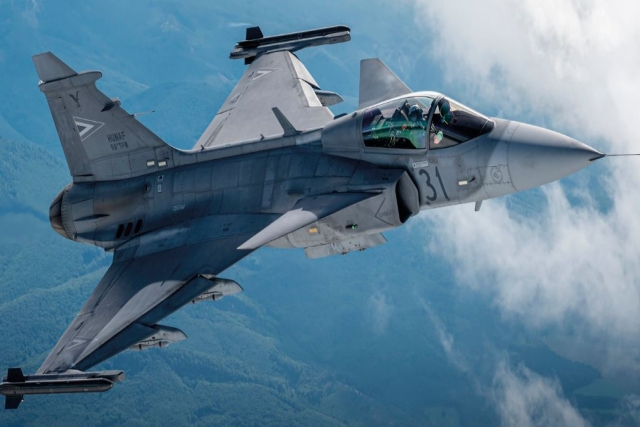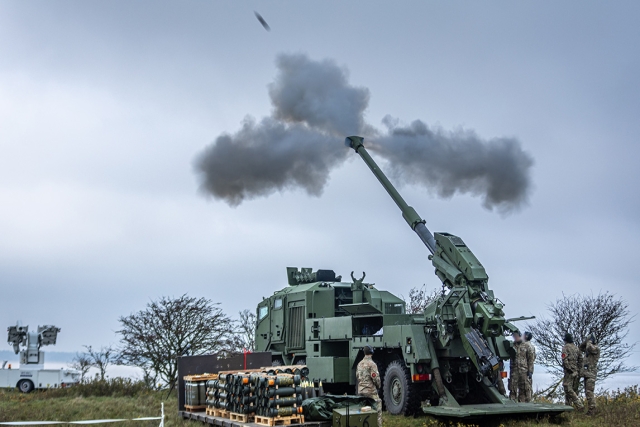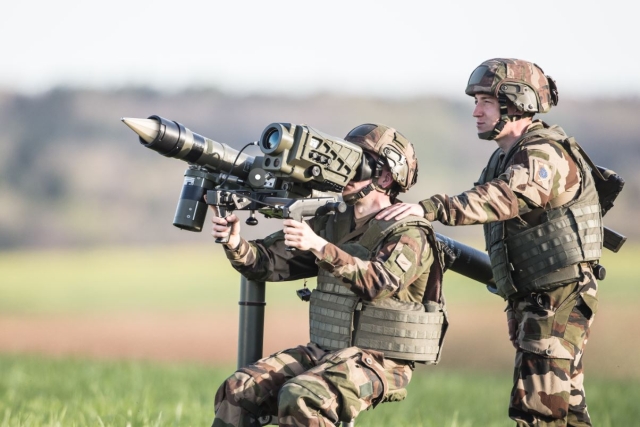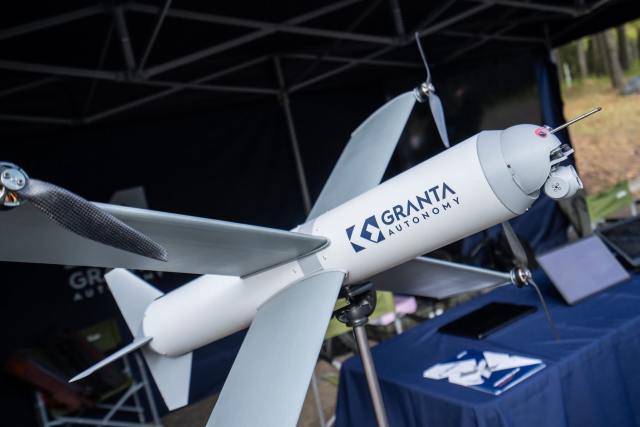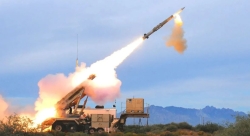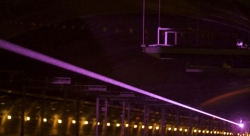Danish Political Parties Agree to $612M Naval Fleet Augmentation Plan
New defense agreement includes mine-laying ships, Home Guard vessels, and underwater drones amid evolving maritime threats
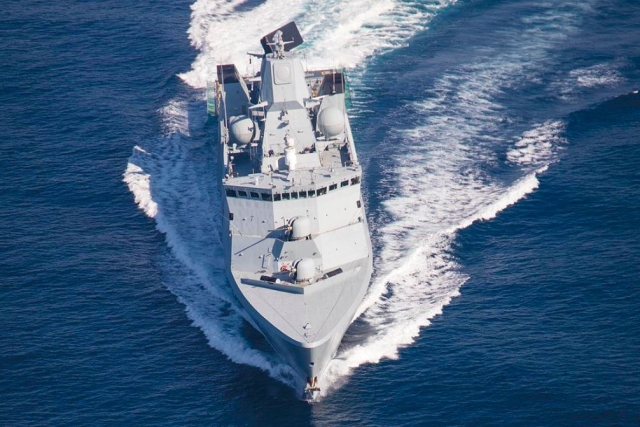
The Danish Government and opposition parties agreed to a DDK 4 Billion ($612 million) fleet augmentation plan that includes four mine-laying vessels and 21 ships for the Home Guard.
The agreement—part of the broader 2024–2033 defense settlement—includes procurement of four marine environment and mine-laying vessels, 21 ships for the Marine Home Guard, underwater drones, and new monitoring capacities for critical undersea infrastructure. The initiative is financed through the Danish Defense Acceleration Fund and aims to respond to what officials have called an increasingly complex and threatening security environment, particularly with regard to Russia.
“The threats we face at sea today are different and far more serious than just a few years ago,” said Defence Minister Troels Lund Poulsen. “With this agreement, we are initiating several urgent procurements to prepare our naval forces for a broader range of threats.”
The plan was endorsed by a wide political coalition, including the Social Democrats, the Liberal Alliance, the Conservative People's Party, the Danish Democrats, the Danish People's Party, the Radical Liberal Party, and others. It outlines both immediate and long-term steps to strengthen the Royal Danish Navy’s capabilities.
Short-term priorities include:
- Enhanced underwater infrastructure surveillance through sonar-equipped vessels and autonomous underwater drones
- Construction of four mine-laying and marine environment vessels for environmental protection and military readiness
- Acquisition of 21 new ships for the Home Guard to support coastal surveillance, port security, and marine rescue
Looking ahead, the plan sets the groundwork for acquiring air defense frigates and additional Arctic vessels. These future decisions will be shaped by upcoming NATO force requirements and consultations with Greenland and the Faroe Islands.
Political figures across the spectrum expressed both support and concern. While some, like the Danish Democrats, welcomed the stated ambition to build the ships domestically, others, such as the Liberal Alliance, criticized delays in making final decisions on frigate acquisitions.
The agreement also prioritizes local industry involvement and aims to strengthen Denmark’s maritime production base. The goal is to speed up delivery timelines while ensuring secure supply lines.
Although some parties expressed concern over unresolved elements—especially around frigate financing—broad consensus remains on the need for urgent maritime investments.
A decision on the acquisition of new frigates is expected after NATO finalizes Denmark’s force goals this summer.
